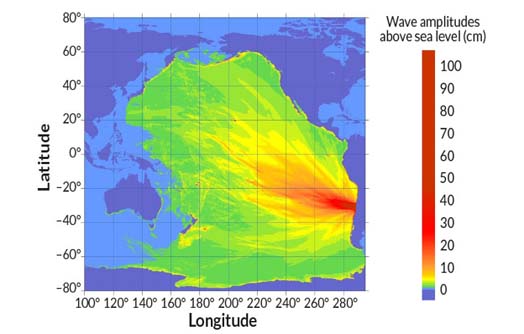LOS ANGELES, Nov. 24, 2019 (BSS/XINHUA) – U.S. geoscientists have
successfully developed and tested a new high-tech shallow water buoy that can
detect the small movements and changes in Earth’s seafloor that are often a
precursor to deadly natural hazards like earthquakes, volcanoes and tsunamis.
The buoy was installed off Egmont Key in the Gulf of Mexico last year and
has been producing data on the three-dimensional motion of the sea floor,
according to a release by the University of South Florida (USF) Friday.
Ultimately the system will be able to detect small changes in the stress
and strain Earth’s crust, said Prof. Tim Dixon with the USF School of
Geosciences, who led the research project.
The patent-pending seafloor geodesy system is an anchored spar buoy topped
by high precision Global Positioning System (GPS). The buoy’s orientation is
measured using a digital compass that provides heading, pitch and roll
information – helping to capture the crucial side-to-side motion of Earth
that can be diagnostic of major tsunami-producing earthquakes, according to
Dixon.
Their findings were published in the Journal of Geophysical Research-Solid
Earth.
Shallow coastal waters are a more challenging environment but also an
important one for many applications, including certain types of devastating
earthquakes, according to the research team.
Offshore strain accumulation and release processes are critical for
understanding megathrust earthquakes and tsunamis, they noted.
The experimental buoy rests on the sea bottom using a heavy concrete
ballast and has been able to withstand several storms. The system is capable
of detecting movements as small as 1 to 2 centimeters, Dixon said.



